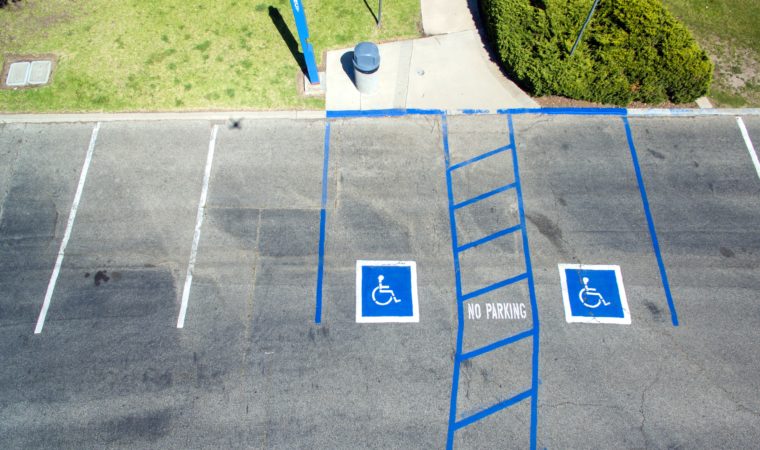This month marks the 30th anniversary for the American with Disabilities Act, one of the most important pieces of disabled rights legislation ever passed; yet too many Americans don’t have a clear idea of what the ADA is or what protections it provides to the millions of people in the US living with disabilities. If you aren’t familiar with the ADA, no worries, we have you covered. In celebration of the ADA’s 30th anniversary, here’s our guide to what you need to know about the American with Disabilities Act.
What is the ADA?
The ADA is a civil rights law that has protected disabled rights in the workplace, schools, transportation, and in a variety of aspects of everyday life. Each of the 5 sections of the ADA focus on a different subsection of civil rights protection. Here’s an overview of the first 4 sections:
TITLE I: EMPLOYMENT
This section works to even the playing field for disabled people in the workforce. Title I prohibits employers from discriminating against disabled prospective employees in the recruitment process, as well as guarantees reasonable accommodation to the disabled to help them perform their jobs as best as they can, just like any other employee.
TITLE II: STATE AND LOCAL GOVERNMENT
Title II guarantees that state and local government buildings are accessible to disabled people, and that facilities are not denied to them on the basis of being disabled. This includes accessible public transportation, and quality public education, modified to the needs of any disabled individual.
TITLE III: PUBLIC ACCOMODATIONS
So what are public accommodations? Basically, public accommodations are any facilities or spaces that are used by the general public. This means publicly owned places like recreational centers, but also privately owned places like malls, movie theaters, stadiums, and restaurants. Title III forbids discrimination against the disabled there by requiring these spaces to be accessible and to change operating procedures to accommodate disabled patrons.
TITLE IV: TELECOMMUNICATIONS
Title IV protects people with communication disabilities, namely the deaf and blind, by requiring telephone and internet companies to provide accommodations for them.
How does the ADA define a disability?
The ADA legally defines disability as something that impares someone enough to greatly limit one or more major life activity. This doesn’t have to be visible, or even physical. A disability can range anywhere from depression, to cerebral palsy, to diabetes. There’s a wide spectrum of disabilities protected under the ADA, and this expanded in 2008 with the passage of the ADA Amendments Act, or ADAAA, which broadened the definition of a disability. The ADA Amendments Act also aided in disabled civil rights legal cases, by requiring courts to focus their decisions on whether a person’s civil rights were violated or not, rather than on the validity of someone’s disability.
A basic understanding of the ADA is crucial to improving the day to day life of disabled people in the US. For more facts on the ADA, visit their website or check out our celebration of the ADA’s 30th anniversary, where we’ll be answering a different FAQ about the ADA everyday for 30 days! The Spinal Cord Injury Law Firm has invaluable experience working with the ADA and using this important legislation to protect the civil rights of people with disabilities. If you believe that your civil rights have been violated, know your options. Contact us today at 1-877-SCI-FIRM or info@spinalcordinjurylawyers.com for a free consultation to assess your legal options.


